Traditional ventilation systems generate noise as the air passes through the ducting and into plenum boxes and out through spot diffusers. Fabric-based air dispersion solutions create minimal resistance, thus no significant sound – as low as NC 15.
Noise level considerations differ vastly from application to application. Libraries, theatres, auditoriums, concert halls, recording studios and religious facilities are examples of applications that require very low levels of noise; hence, minimising noise transmissions and controlling sound characteristic within the space are crucial.
Conventional ventilation solutions in metal are rigid and therefore transmit noise. Structural vibrations manifest themselves in the metal, sounds reverberate off the surface, and the air stream generates noise as it travels through the system. The classic ducts may also transport sounds like speech directly from spot diffusers in one room to spot diffusers in adjacent rooms.
In comfort applications the acoustic properties of fabric ducting are highly relevant. Sound absorption reduces reverberation time, which increases conversation privacy, makes speech more intelligible and can help reduce the general noise level in the space. This leads to a greater level of occupant comfort. The virtually silent nature of the technology means that the fabric duct system doesn't transmit noise.
FabricAir systems typically operate in the 25-30 NC level range, but can be designed to go as low as NC 15. This makes the technology ideal in comfort applications, as the ventilation system then does not contribute negative noise pollution to the space being conditioned. This is why fabric-based air dispersion solutions are the popular choice for theatres, concert halls, schools, and so forth.
The Lila Cockrell Theater in San Antonio, Texas was upgraded to ensure a healthy work environment for the performers as well as a comfortable experience for the audience. Mike Duarte, from the project team, explains why FabricAir dispersion was the ideal solution for this project. "The stage area presented a specific set of requirements with respect to noise and drafts. We needed to dissipate a lot of heat without causing drafts and movement in the curtains. Using displacement-based air diffusion in the stage area ensured draft-free cooling with NC levels lower than 15. We enabled a high air change with low velocity that created the perfect on stage environment for the performers."
The old metal-based air dispersion system was not circulating enough air to the audience and was an eyesore to the architecture. The team worked with the local architect to create a design that would allow the air conditioning ducts to blend in rather than stand out.
"Noise and draft restrictions were also relevant in the seating area, which meant designing a solution that would enable a high air change at low velocity while being quiet and unobtrusive to the space," he added.
When the newly built facilities of the Danish Broadcasting Company, DR Byen in Copenhagen, Denmark, were facing problems with an inadequate conventional air dispersion solution, they also turned to fabric-based technology. This was a project with very specific requirements in terms of noise (max NC15), air velocity (0,13m/s) and space restrictions, in addition to condensation issues caused by a large ΔT. It was solved using underfloor fabric ducting to deliver the necessary airflow without causing disturbing noise pollution from sound transmission and reverberating. The condensation challenge was solved using a permeable fabric type. It also meant insulation was not needed, making the solution highly space-efficient.
In applications like theatres, auditoriums and concert halls, conventional solutions often fall short, as they require large orifices to generate a high air change. This results in unpleasant, even unhealthy drafts, as well as transmission and reverberation of noise. The same is true for silent applications such as libraries and religious facilities. Fabric-based air dispersion technology is draft-free and virtually silent, thus offers the ideal environment in these application types. They provide a high air change with great levels of comfort.
Construction News
01/10/2018
Performance Venues Deploy FabricAir Systems For Quiet Air Dispersion
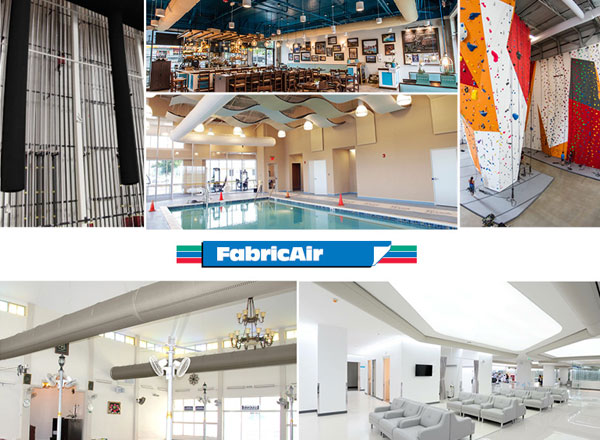
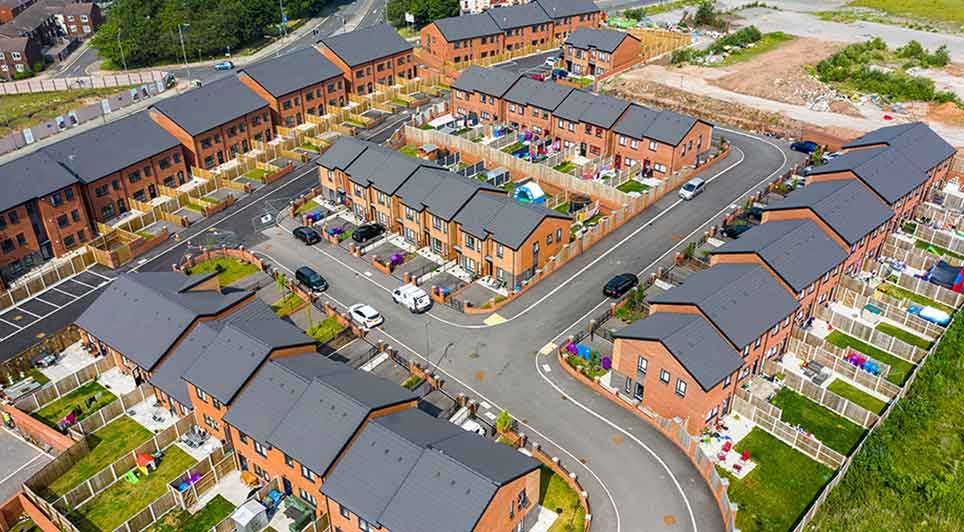
04/07/2025
JV North has announced the list of contractors and consultants appointed to its £500 million social housebuilding framework, which aims to deliver around 3,000 homes across the North West over the next four years.
The housing consortium, which includes 14 members, launched the procurement process i
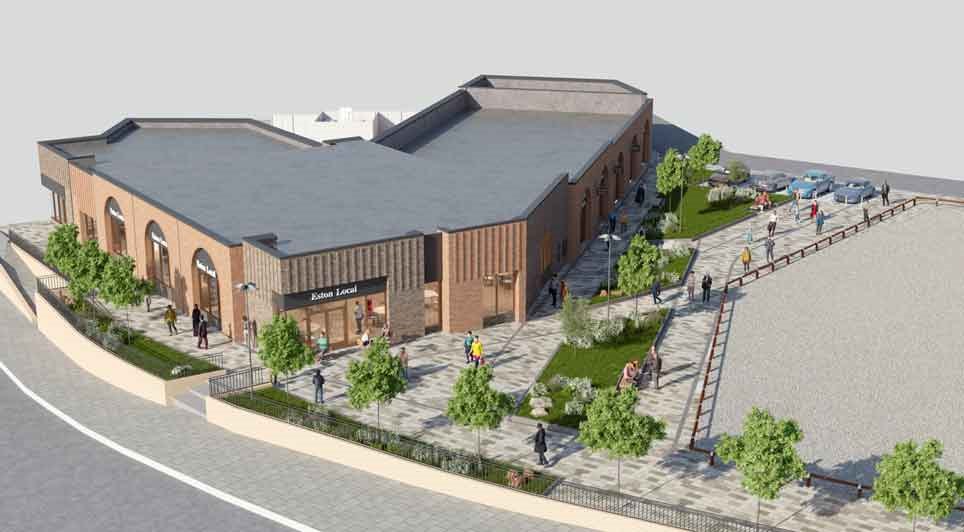
04/07/2025
Work has officially started on preparing Eston Precinct for demolition, marking the first step in a major regeneration project led by Redcar & Cleveland Borough Council.
Esh Construction has been appointed to deliver the scheme, which will begin with the safe removal of asbestos and the soft strip

04/07/2025
The Secretary of State for Energy Security and Net Zero hasgranted development consent for the Mona Offshore Wind Farm.
The scheme, located in the Irish Sea, will deliver approximately 1,500MW of clean energy capacity and forms part of the Round 4 Offshore Wind Licensing Arrangements. The applicati
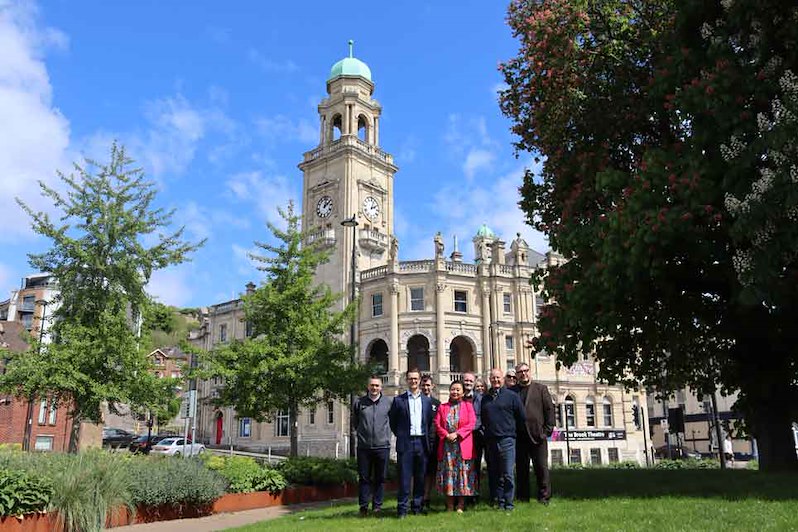
04/07/2025
The restoration of Chatham’s iconic Brook Theatre is officially underway, with the appointment of contractors to carry out the £21 million transformation of the 125-year-old building.
Originally opened in 1899 as Chatham Town Hall, the Grade II listed Renaissance-style landmark has served the commu

04/07/2025
Work to upgrade a flood-prone section of Stockbridge Road in Timsbury is set to begin later this month, as part of a joint project between the Environment Agency and Hampshire County Council to improve local flood defences.
Starting on 28 July, the five-week scheme will deliver vital improvements a

04/07/2025
Oldham's town centre regeneration has taken a major step forward, with planning consent now granted for all six sites earmarked for transformation through the partnership between Muse and Oldham Council.
The approval represents a significant milestone in the long-term vision to create a vibrant, in

04/07/2025
As temperatures soared during this week's heatwave, euroloo's innovative EcoWelfare units proved to be a game-changer on construction and outdoor sites across the country.
Designed with comfort and sustainability in mind, these multi-functional welfare units offer everything teams need to stay pro

04/07/2025
Atlas Site Engineering, a trusted name in precision setting out and site engineering services, continues to support the construction industry with expert solutions ranging from small residential extensions to multi-storey high-rise developments.
With a reputation for accuracy and reliability, Atlas
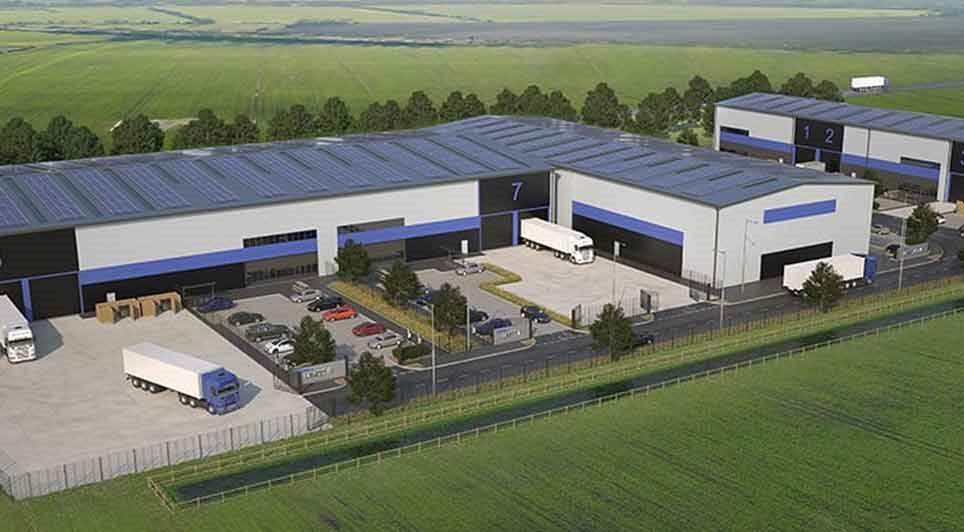
03/07/2025
Associated British Ports (ABP) has submitted a reserved matters application for 103,000 sq ft of speculative industrial and logistics space at Helm @ Immingham.
This marks the first phase of development at the 227-acre site.
The scheme will deliver a range of purpose-built units from 4,820 sq ft

03/07/2025
First Choice Homes Oldham (FCHO) is set to begin a major new phase of energy efficiency upgrades this month, with a £6.1 million investment aimed at improving 645 homes across the borough.
Starting 14 July, properties in Abbey Hills, Roundthorn, Shaw, and several estates in Chadderton will receive
 UK
UK Ireland
Ireland Scotland
Scotland London
London











